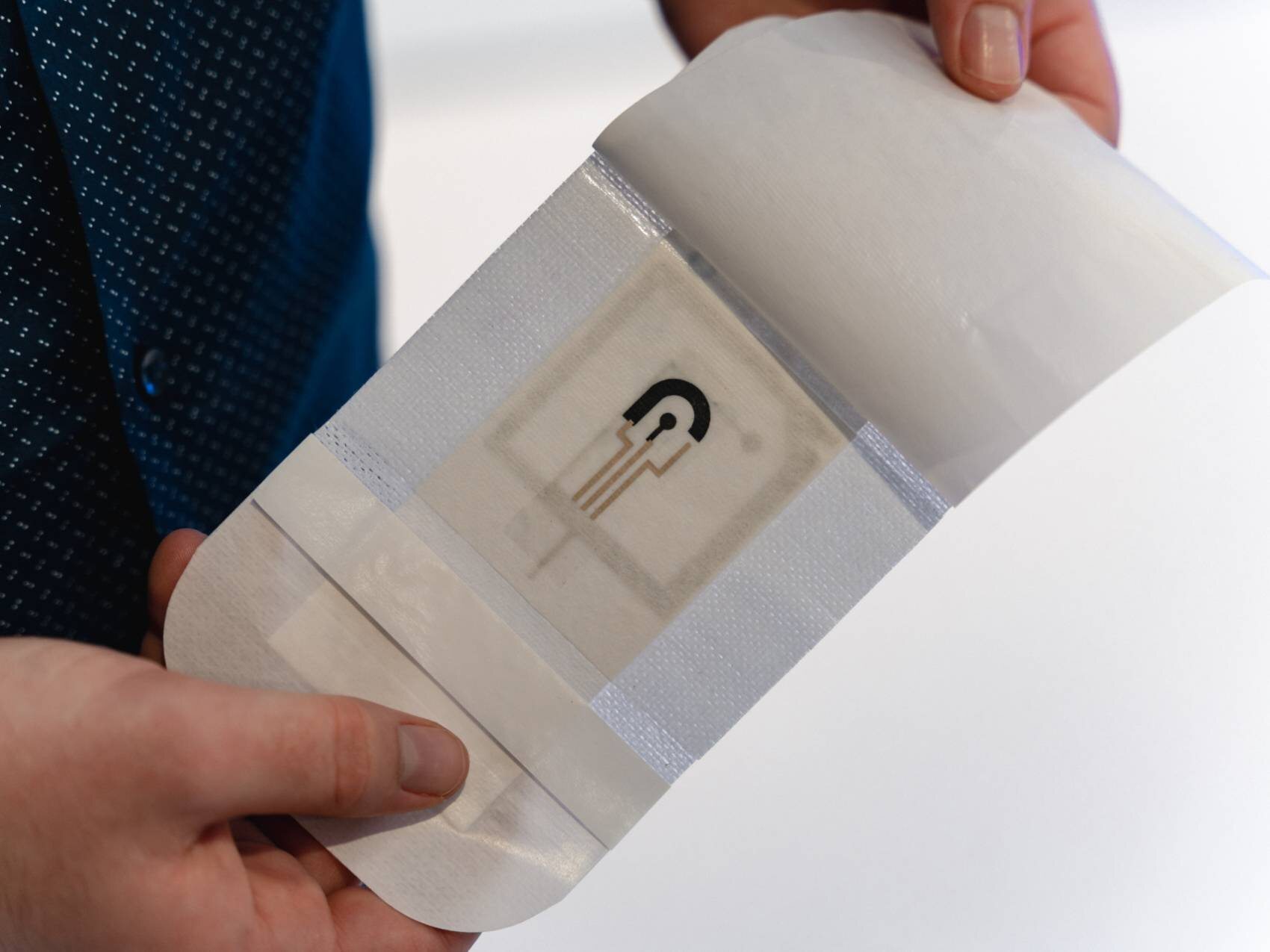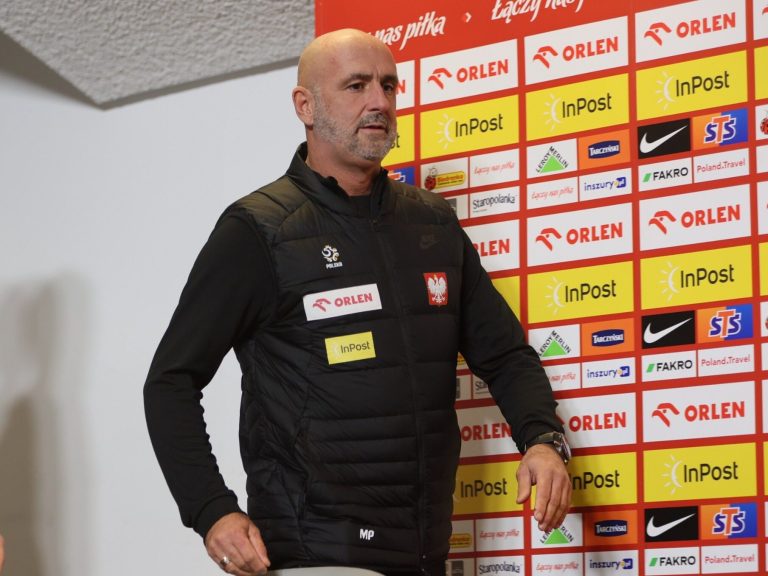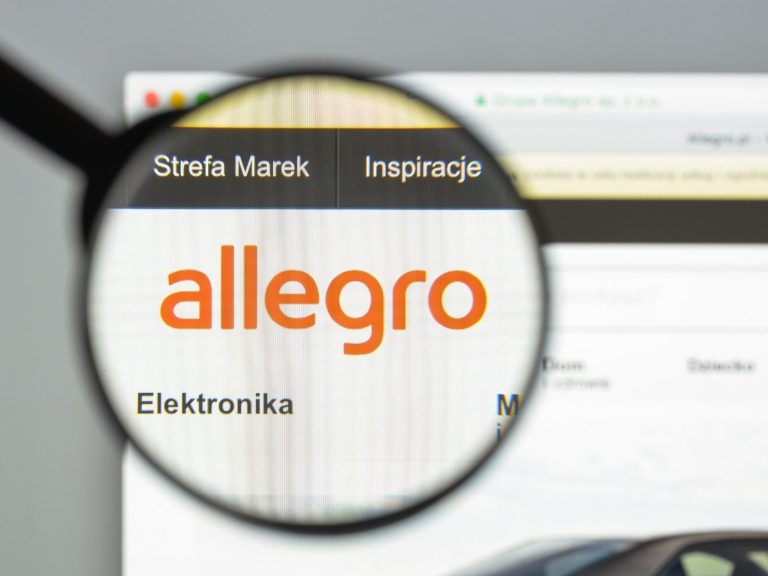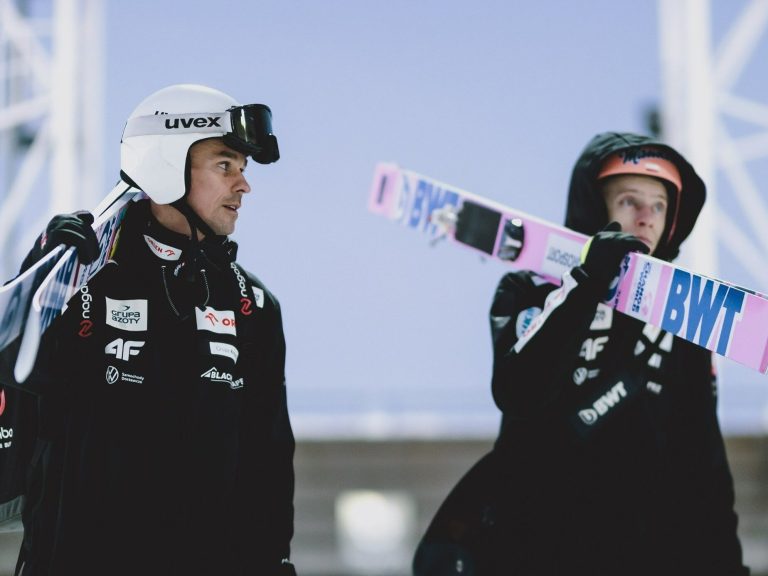This is how the Polish “intelligent patch” works. It will help with a serious problem

Today, Poles won the global James Dyson Award for their groundbreaking SmartHEAL smart dressing project. After the win, three engineers from the Warsaw University of Technology share their emotions with us and talk about the project.
As we wrote in Wprost.pl, Poles from the SmartHEAL team won the first prize in the global James Dyson Awards competition today. A team from the Warsaw University of Technology has developed a smart dressing that can change the lives of millions of people in a simple and cheap way, and even be a medical revolution.
Immediately after the conference, we were able to ask some questions to the winners. Engineers Tomasz Raczyński, Piotr Walter and Dominik Baraniecki from the Warsaw University of Technology tell us about their groundbreaking project while still hot.
Krzysztof Sobiepan, Wprost.pl: We are just after announcing your global victory in the James Dyson Prize Competition. You are the best team out of over 1600 teams from around the world. What kind of feeling is it?
Piotr Walter, SmartHEAL: What can I say? We’re still in a bit of shock and need to pinch ourselves. We couldn’t believe it anymore when we won the national stage. Then it turned out that we are in the world twenty. Today we were told that we are the first team in the whole world. It’s hard to put into words this rollercoaster of emotions, sudden publicity and interest.
Tomasz Raczynski: You said “victory” and I immediately felt a shiver of excitement run down my spine. I keep asking myself “but how are we?”. You don’t want to believe it, but it’s true! (laughter).
Congratulations again. What if someone doesn’t know SmartHEAL and wants to cheer with you? How to briefly present this innovation?
Peter Walter: SmartHEAL is a smart dressing with an integrated pH sensor for wound diagnosis. Our device is dedicated specifically to the treatment of chronic wounds, i.e. those that take longer than 8 weeks to heal.
Smart… plaster? I think right? (laughter)
Dominik Baraniecki: In a general sense – yes. However, the “smart plaster” is a reduction. The advantage of our solution is that without additional patient discomfort, without batteries, cables or aggravating components, we have a remote view of what is happening under the dressing.
SmartHEAL is not just a pH sensor. A real novelty are proprietary composites that we have created specifically for use in plasters. They must be flexible, durable and resistant to external conditions. After all, we know what an ordinary dressing has to deal with on a daily basis.
Peter Walter: In the project, we used materials such as: based on graphene or silver flakes. The production of electronics often requires complex processes, and we use screen printing – the same technique that the textile industry uses to create graphics on T-shirts, for example.
The dressing is also a system that communicates changes via the RFID system. Our patch will connect to virtually any smartphone, and its use does not require medical knowledge.
How did you come up with the idea for SmartHEAL? How to add electronics to a regular patch?
Dominik Baraniecki: We have the opportunity to cooperate with leading Polish specialists, I mean the team of Professor Małgorzata Jakubowska from the Warsaw University of Technology. There, we search for new applications for the so-called printed electronics on a daily basis. This is a technique that allows for significant cost reduction and the creation of light, yet durable electronic systems.
During other scientific and research projects, we also dealt with specialists in the field of medicine. It was the medical staff who drew our attention to the problem of chronic wounds. We didn’t realize that the scale of the problem was so big – over 20 million people around the world.






